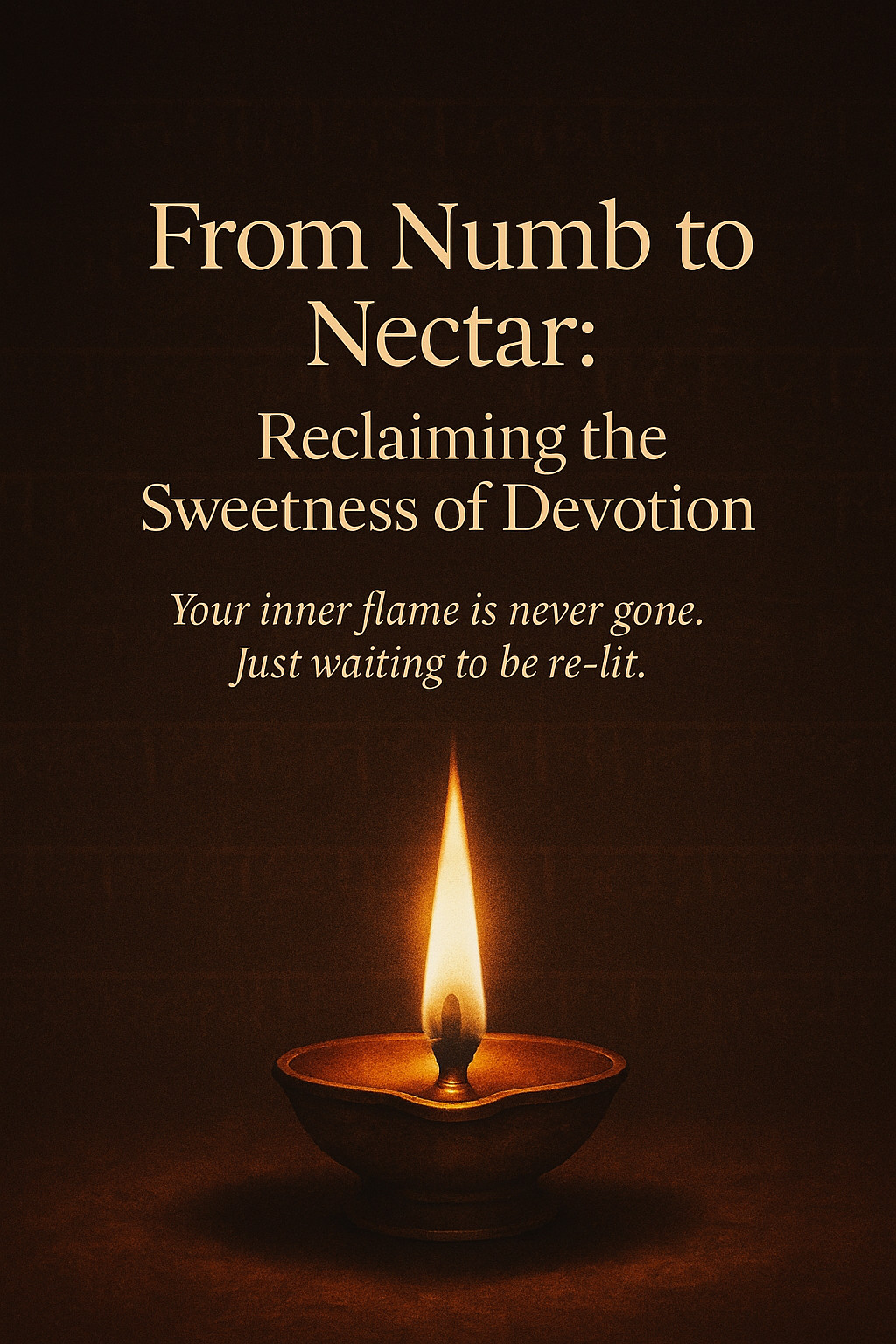Music and mantra, while both rooted in sound, serve uniquely distinct roles in our spiritual and emotional explorations. Music engages the aesthetic senses by evoking emotions and creating stories through harmonies and rhythms, offering a subjective experience that stirs the soul. In contrast, mantra transcends this emotional realm, operating within the scientific precision of frequencies and cosmic mathematics, underscoring its deeper spiritual significance.
Mantras are structured as precise sequences of syllables and vibrations that align with universal consciousness, as seen in ancient Vedic traditions. These sacred sounds, such as the primordial "Om," function through vibrational resonance to unlock healing and spiritual potentials, beyond mere emotional expression. Unlike music, mantras utilize specific mathematical patterns to connect individuals to higher cosmic energies, facilitating spiritual growth and transformation.
Despite their differences, music and mantra often intersect, especially within spiritual practices where music serves as a vehicle for mantra. This synergy can be observed in practices like Kirtan, where devotional singing intertwines with mantra chanting to enhance the meditative experience. Thus, music and mantra together encapsulate the duality of human experience—emotional and divine—by offering pathways to both emotional release and spiritual enlightenment.
Read more...The Flower Sermon, a powerful yet wordless teaching by Buddha, emphasized the profound message that life itself is the ultimate lesson. By simply holding up a flower, Buddha invited his disciples to experience the present moment in its fullest; to embrace the simplicity, beauty, and interconnectedness of all things. This silent gesture highlighted the importance of being present with life, rather than getting lost in intellectualization or judgment.
The flower Buddha held symbolized the essence of life—its beauty, fragility, and impermanence. His non-verbal communication urged a shift in awareness, encouraging us to step beyond mental distractions and fully engage with the aliveness around us. This lesson is not just for moments of meditation but extends to every aspect of our everyday lives, where every experience serves as a reflection of our awareness and understanding of existence.
Embracing the present moment as Buddha demonstrated, we recognize that true enlightenment lies in perceiving the aliveness present in everything. When we see with new eyes, every detail of life becomes an opportunity for insight and transformation. Buddha's Flower Sermon reminds us that life speaks its greatest truths not through words but through the richness and wonder we can observe when we really pay attention.
The blog post reflects on the profound lesson from Buddha's Flower Sermon, a pivotal teaching delivered without words. In this sermon, Buddha held up a flower, inviting his disciples to experience the raw aliveness of life directly. This simple gesture reminded them that life's essence—its beauty, fragility, and interconnectedness—lies not in intellectualization but in the direct experience and presence in each moment.
The message of the Flower Sermon emphasizes the power of presence, encouraging us to observe and embrace life's simplicity and aliveness with an open heart. By shifting our awareness and deeply perceiving our surroundings, we can transcend the mental clutter to see the richness and interconnectedness inherent in all experiences. This awareness alters our internal landscape, underscoring that life is the ultimate teaching, reflecting back our level of consciousness and understanding.
Ultimately, the post underlines that the core lesson from Buddha's silent teaching is the call to reconnect with the present moment. Life speaks to us continuously, offering insights and beauty in both grand and mundane moments, if we have the eyes to see beyond surface-level perceptions. This timeless wisdom echoes Buddha's realization—that enlightenment arises not from words or complex teachings, but from seeing and experiencing the aliveness present in every detail of existence.
Read more...At the center of every loving relationship is a fundamental thread: trust. Trust is not simply an outcome of love; it forms the very foundation of love, binding everything together. Without trust, love struggles, and relationships suffer under the weight of doubt, insecurity, and fear, whereas strong trust allows love to thrive, enabling both partners to open their hearts fully and grow together.
Trust represents a silent, shared understanding between partners that conveys, “I believe in you.” It assures one that during vulnerable times, they will encounter empathy, not judgment. Underpinned by trust, love deepens, offering both individuals the security to reveal their truest selves confidently.
However, trust is delicate, necessitating time, consistency, and mutual care to establish and maintain. It blossoms through small acts like fulfilled promises, prevailing honesty, and selfless kindness. Trust needs transparency and openness, allowing communication to flow and boundaries to be respected, thus becoming the essential pillar upon which real, lasting love is constructed.
Read more...In today's rapidly evolving world, achieving balance and grounding can feel challenging. However, the ancient Ayurvedic practice of Dinacharya offers a structured daily routine to align our bodies and minds with nature's rhythms, promoting overall well-being. By integrating Dinacharya into our lives, we can enhance health, harmony, and a sense of peace.
Dinacharya, derived from the Sanskrit words for day and behavior, emphasizes a routine in sync with natural cycles like sunrise and mealtimes. This practice supports the balance of the body's doshas—Vata, Pitta, and Kapha—leading to better physical, mental, and emotional health. When the doshas are in harmony, we experience improved immune function, digestion, and stress reduction.
Incorporating Dinacharya can start with simple adjustments like waking up early, maintaining oral hygiene, and practicing self-care through activities such as yoga and meditation. The routine fosters a predictable and stable environment, reduces anxiety, and improves sleep quality. By living in tune with these Ayurvedic principles, we nurture our health and cultivate a harmonious life.
Read more...Understanding adult attachment is crucial as it profoundly influences our emotional well-being and overall life satisfaction. While traditionally associated with the parent-child bond, attachment continues to play a significant role throughout adulthood, particularly in romantic relationships. Our adult attachment styles, often shaped by early childhood experiences, determine how we connect emotionally, experience intimacy, and build trust in relationships.
There are four primary attachment styles: secure, anxious, avoidant, and fearful-avoidant (disorganized). Secure attachment fosters strong relationships through balance and openness, while insecure styles can lead to patterns of mistrust and anxiety. Cultivating a secure attachment in adult relationships provides emotional security, enhances communication, builds intimacy, fosters resilience, and supports better mental health.
To cultivate healthy adult attachment, individuals need to practice self-awareness, engage in open communication, and make themselves emotionally available. Seeking therapy, building trust, and practicing vulnerability are actionable steps toward evolving one's attachment style. Ultimately, nurturing adult attachment strengthens bonds, offering a foundation of emotional safety, mutual respect, and enduring love in relationships.
Read more...
